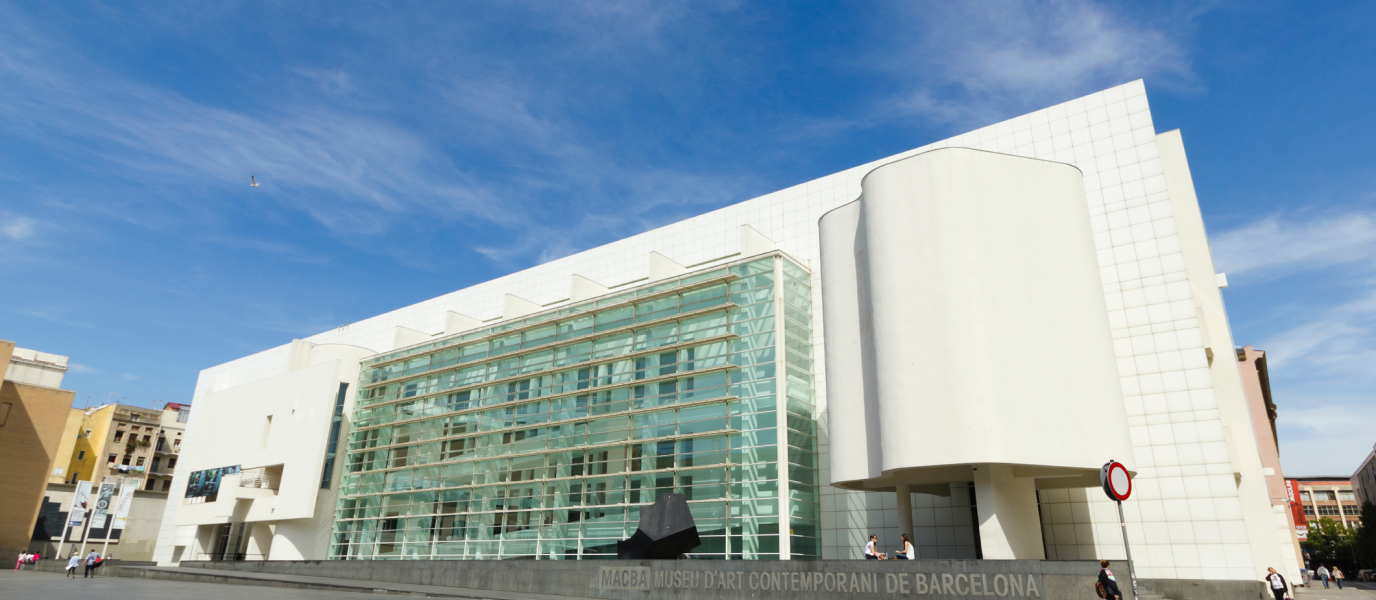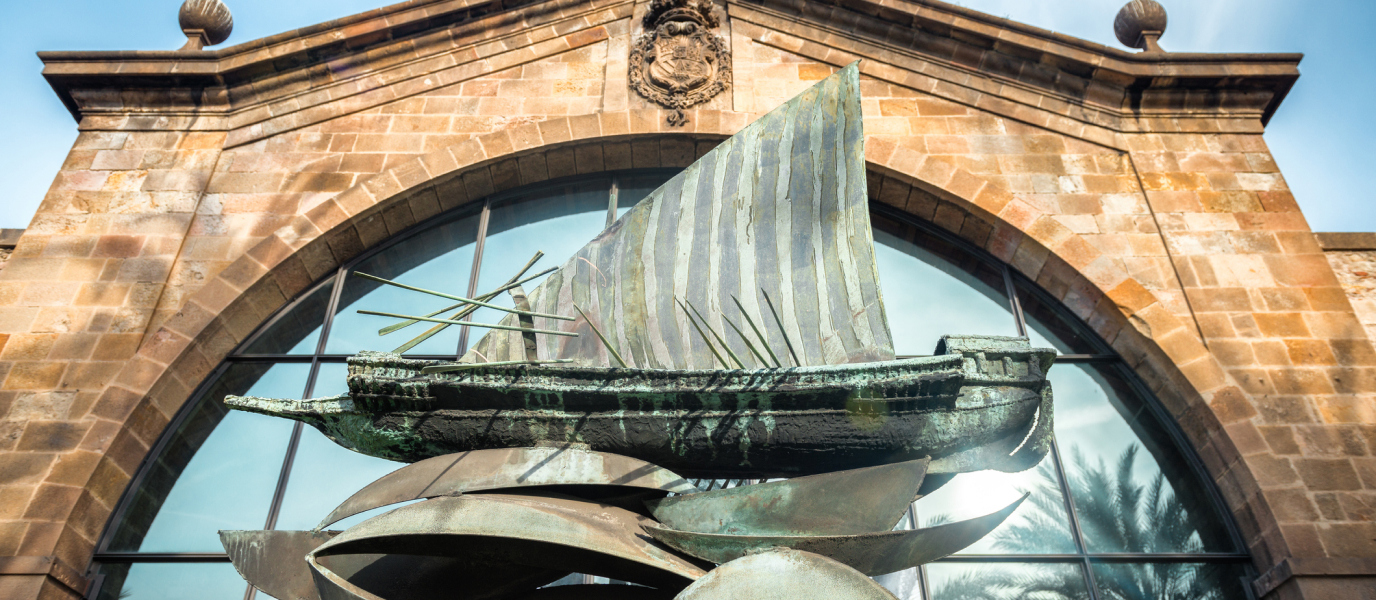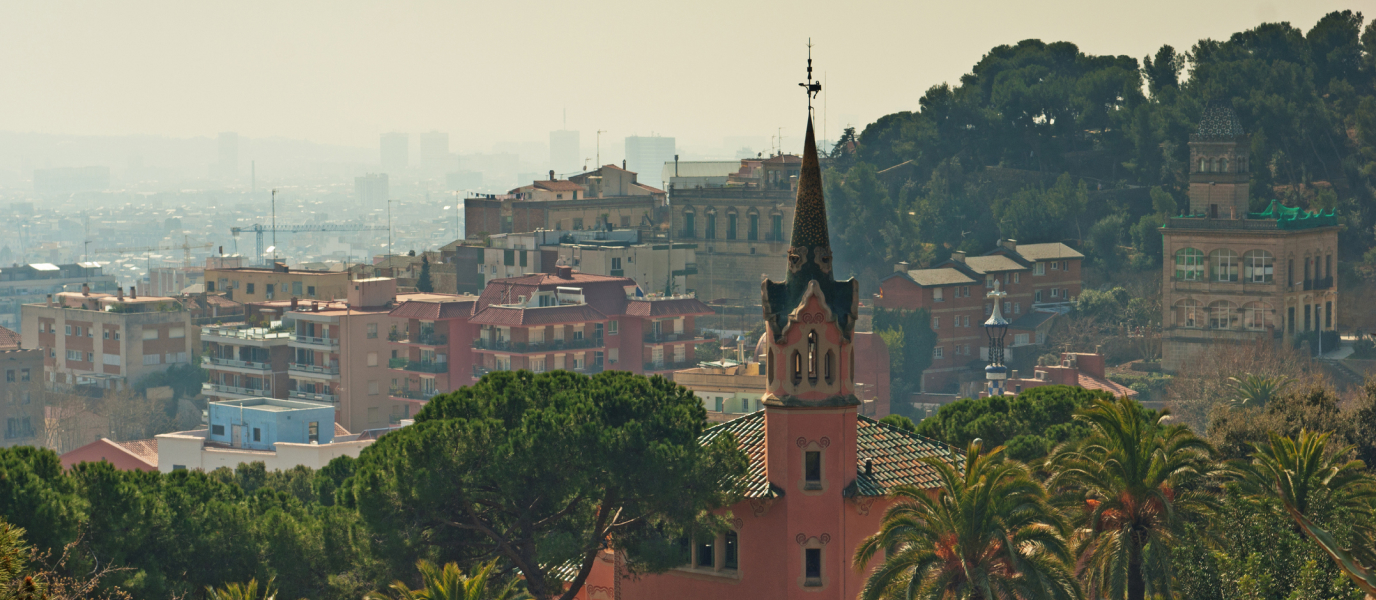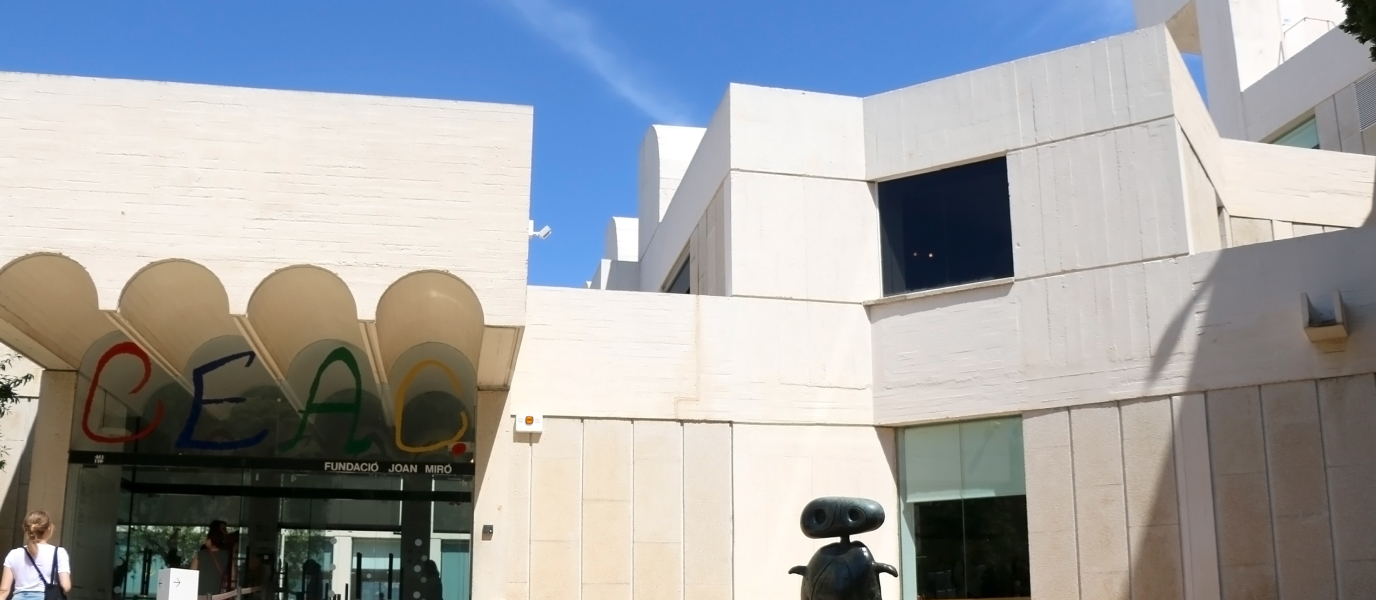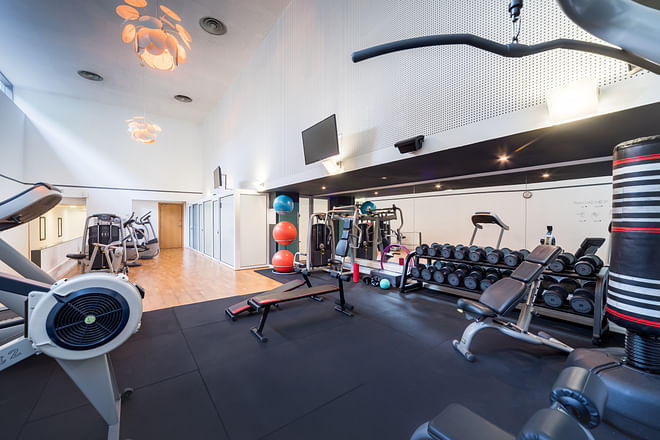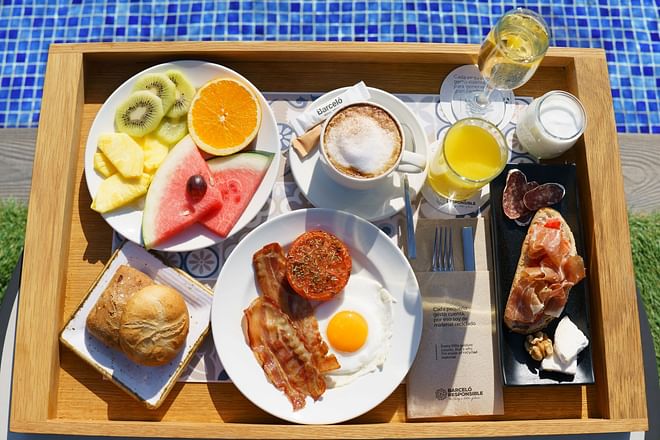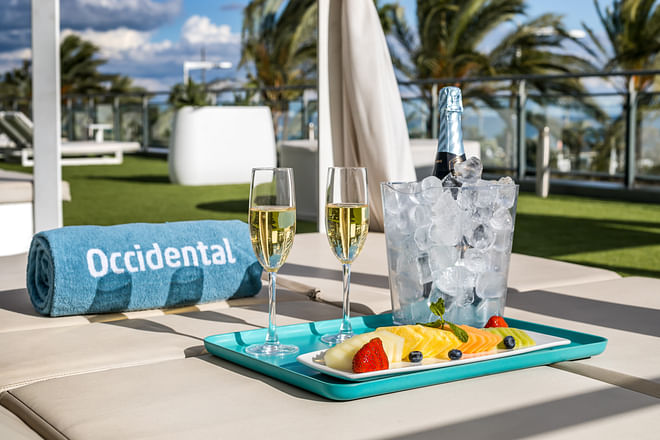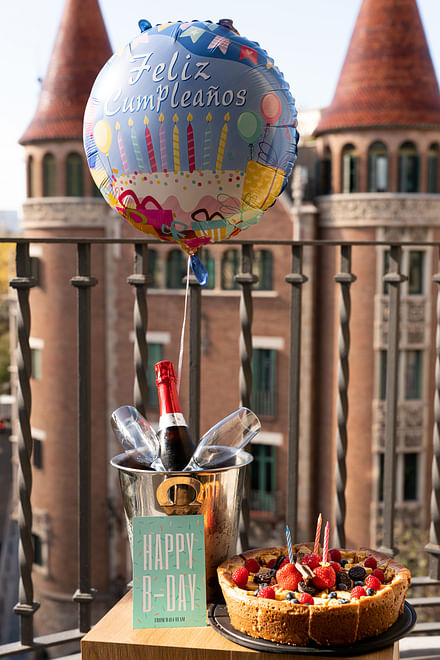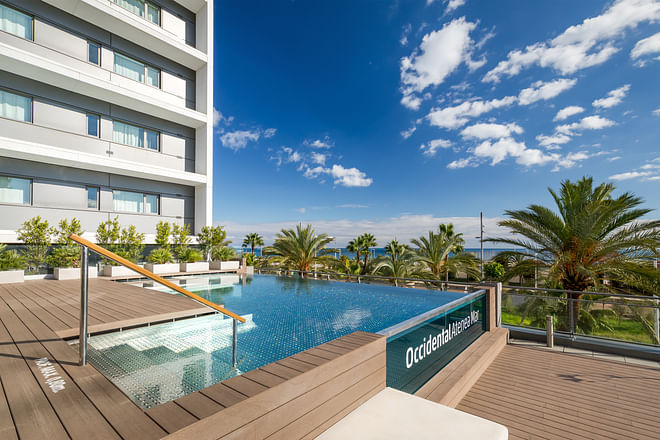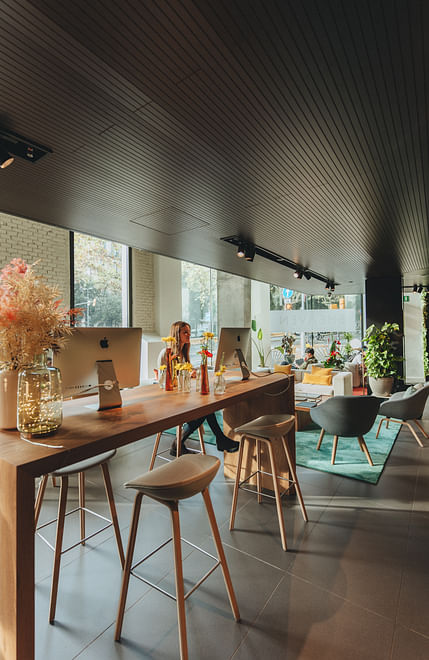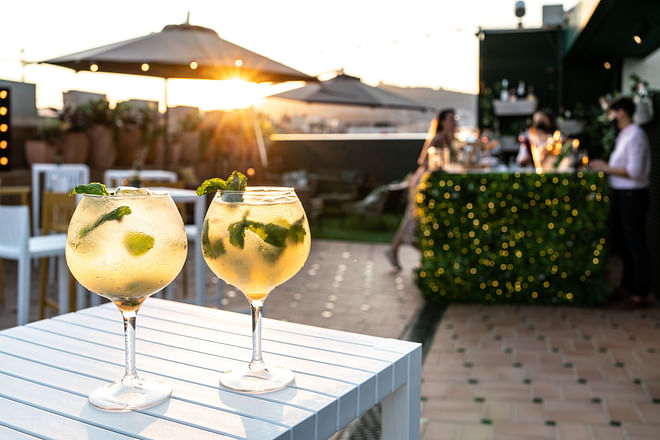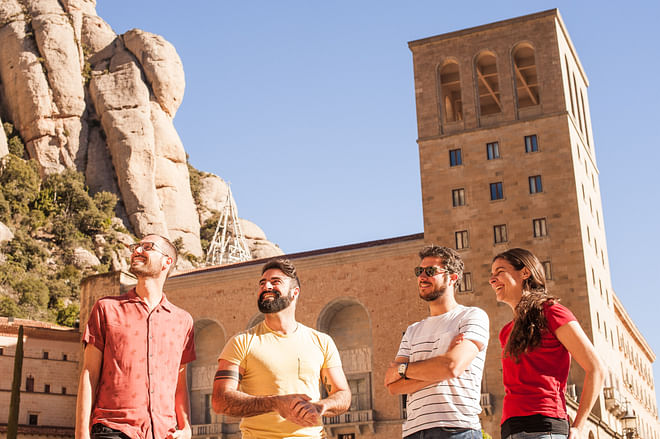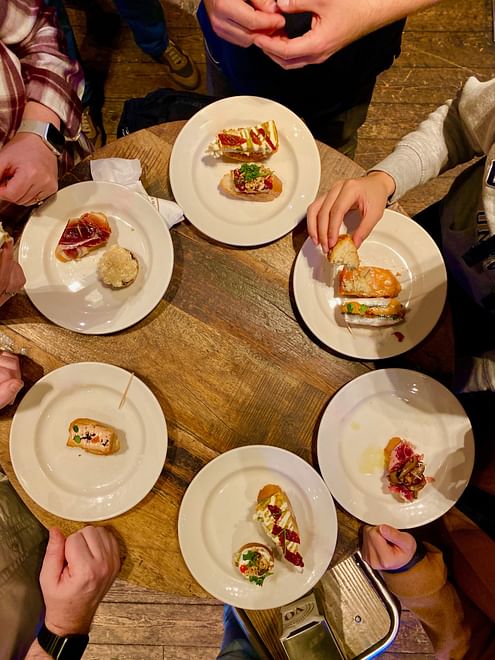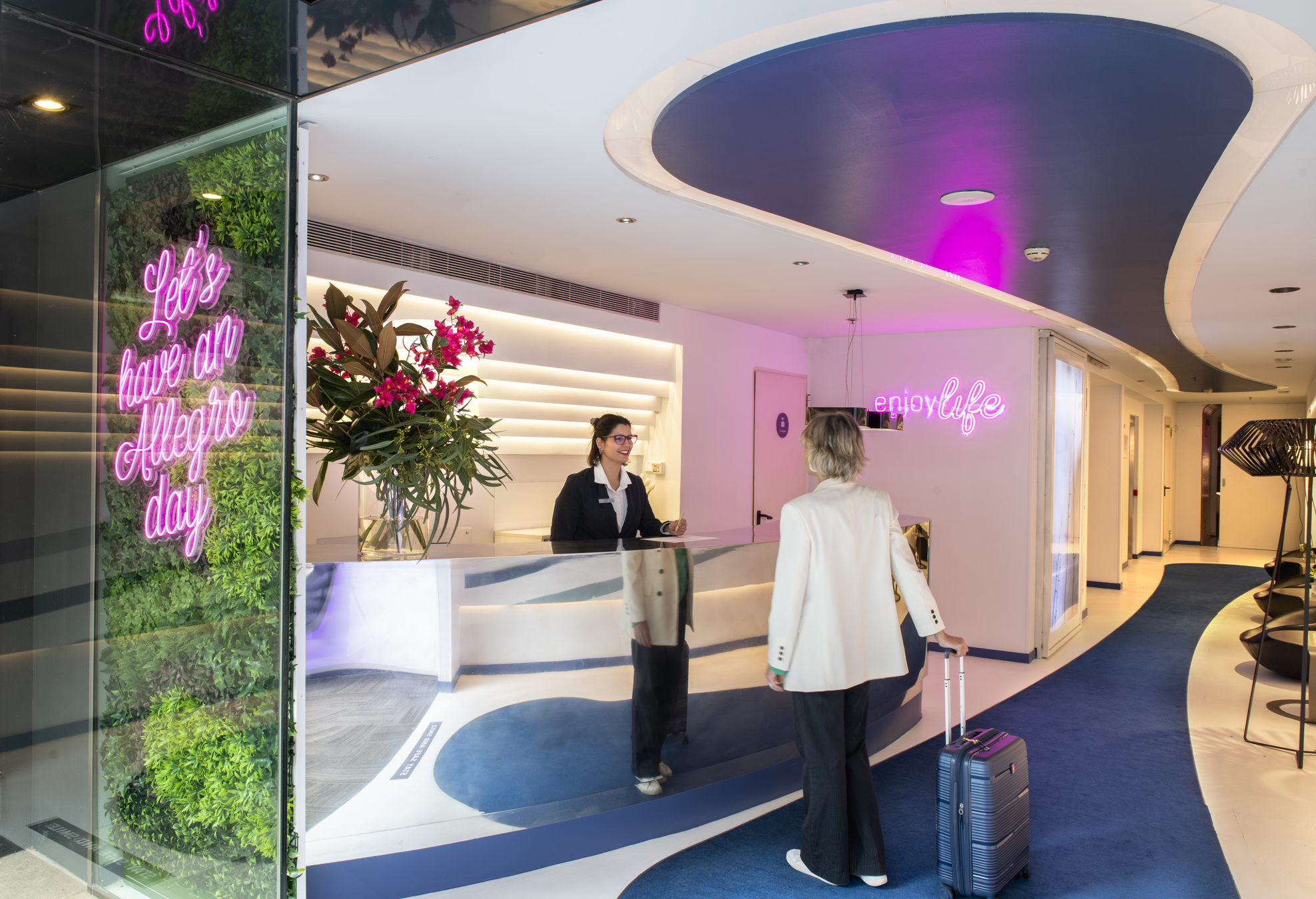Architecture and art occupy a place of honour in Barcelona, the must-visit city for lovers of culture. Everyone knows that Modernism reached a peak in the Catalan capital, but we must not forget what contemporary art represented here as well. One visit that can help us understand and appreciate this style better is to the Museu d’Art Contemporani de Barcelona [Barcelona Museum of Contemporary Art], better known as MACBA. If you make space in your agenda to visit it, you will enjoy two things at the same time: its magnificent building and the wonderful collection it houses.
A long history: stage 1
We will travel back to 1995 to talk about the origins of the MACBA, precisely to 28 November when it was inaugurated. Several decades have passed since then, during which it has become consolidated as a museum, gained prestige and its collection has grown in size. Also noteworthy is the important line of work it has adopted, based on research and a deep reflection on art.
However, the MACBA did not emerge from one day to the next. It was an idea that began to germinate in 1959 when certain art experts began to discuss the need to gather a good collection of contemporary art so it could be exhibited in a single place. Alexandre Cirici and Cesáreo Rodríguez-Aguilera were among the first figures to express their interest in this project.
While looking for a location for the art gallery, they decided to arrange exhibitions with artists of the moment such as Jordi Curós, Antoni Bonet, Jean Fautrier, August Puig, Albert Ràfols-Casamada, Ángel Ferrant and Josep Maria de Sucre, among others. Everything was going well until in 1963, when the exhibition L’art i la pau [Art and Peace] was opened; apparently rejected by the political powers of the moment, part of the funding it had been given was withdrawn. That was the end of the first attempt to create the museum. The part of the funds that were going to be allocated to its establishment went to the Víctor Balaguer Museum in Vilanova i la Geltrú instead.
MACBA: stage 2
The idea fell into oblivion until in 1985, when Joan Rigol, Minister of Culture of the Government of Catalonia, and other City Hall civil servants responsible for culture, such as Pep Subirós, threw their weight behind the project. The first location put forward by the consortium formed by these two institutions was the former Casa de la Caritat. However, one year later, the political changes that elected Pasqual Maragall to mayor of Barcelona, saw the proposal turn into a much more ambitious project. The construction of a headquarters for the museum was entrusted to the American architect Richard Meier.
In 1987, with the conceptual bases designed, the Fundació Museu d’Art Contemporani de Barcelona was created, presided over by the entrepreneur Leopoldo Rodés, thus opening the doors to private funding for the initiative. One year later, a Consortium for the management of the museum formed by the City Hall, the Generalitat and the aforementioned foundation was definitively established. From there, it did not take long for the MACBA to finally open in 1995.
The Museu d’Art Contemporani de Barcelona: stage 3
One decade later and with the project already consolidated, the Ministry of Culture joined the Consortium in 2007. Thus, now three public entities contributed to funding the daily operation of the museum, and the foundation was responsible for generating income for the art collection.
A building by Richard Meier
This American architect needs no introduction, since he has designed many buildings scattered around the world such as the High Museum of Art in Atlanta, and the new City Hall in The Hague. The edifice, which was built between 1991 and 1995, was conceived as a group of prisms and occupies a space of 14,300 m2. In the centre of the museum is a space in the form of a cylinder that traverses all three floors, starting from the ground floor located at street level. The straight and curved lines combine creating galleries and skylights that sieve the light. Experts in architecture note that Meier reinterprets rationalism and finds associations with masters such as Le Corbusier.
Therefore, the MACBA of Barcelona divides its rooms in a rational way, seeking a good interior connection and lighting that is appropriate for art. The entrance is located in the centre of the main façade, which is also where the passage to the garden begins. Said garden divides the ground floor into two parts: a lobby that leads to the exhibition rooms, and a private area and a book store. From the outside, its distinguishing mark is the glass galleries.
The MACBA auditorium, which has a capacity for 200 people, is found in the basement. It has fantastic acoustics and usually plays host to concerts, lectures, films and other artistic events.
What to see in the MACBA
The objectives of this art gallery are twofold: to preserve heritage and bring art closer to the general public. This second purpose is what will help us learn about abstraction during the 1950s, European pop culture, the avant-garde of the 1960s and 1970s, photographic figuration, anti-minimalist sculptures of the 1980s and current contemporary creators. In addition to works of art by Spanish artists, there is also a good selection of South American artists, artists from Eastern countries and, more recently, certain authors from North Africa, the Arab world and the Middle East have been incorporated.
In addition to its permanent collection, the MACBA has an intense agenda for temporary exhibitions, bringing art closer to both local residents and visitors. Moreover, it spreads artistic culture through talks, workshops, events and debates. Its didactic and pedagogical function also extends to children, through school and family activities. And to academic researchers, through a large and open specialised documentary collection that includes an archive and library; opened in 2007, this investigation space reinforces its position as a research centre.
For the general public there are guided tours, which can be personalised, so that everyone can learn, fully understand and enjoy this magnificent museum.





























































